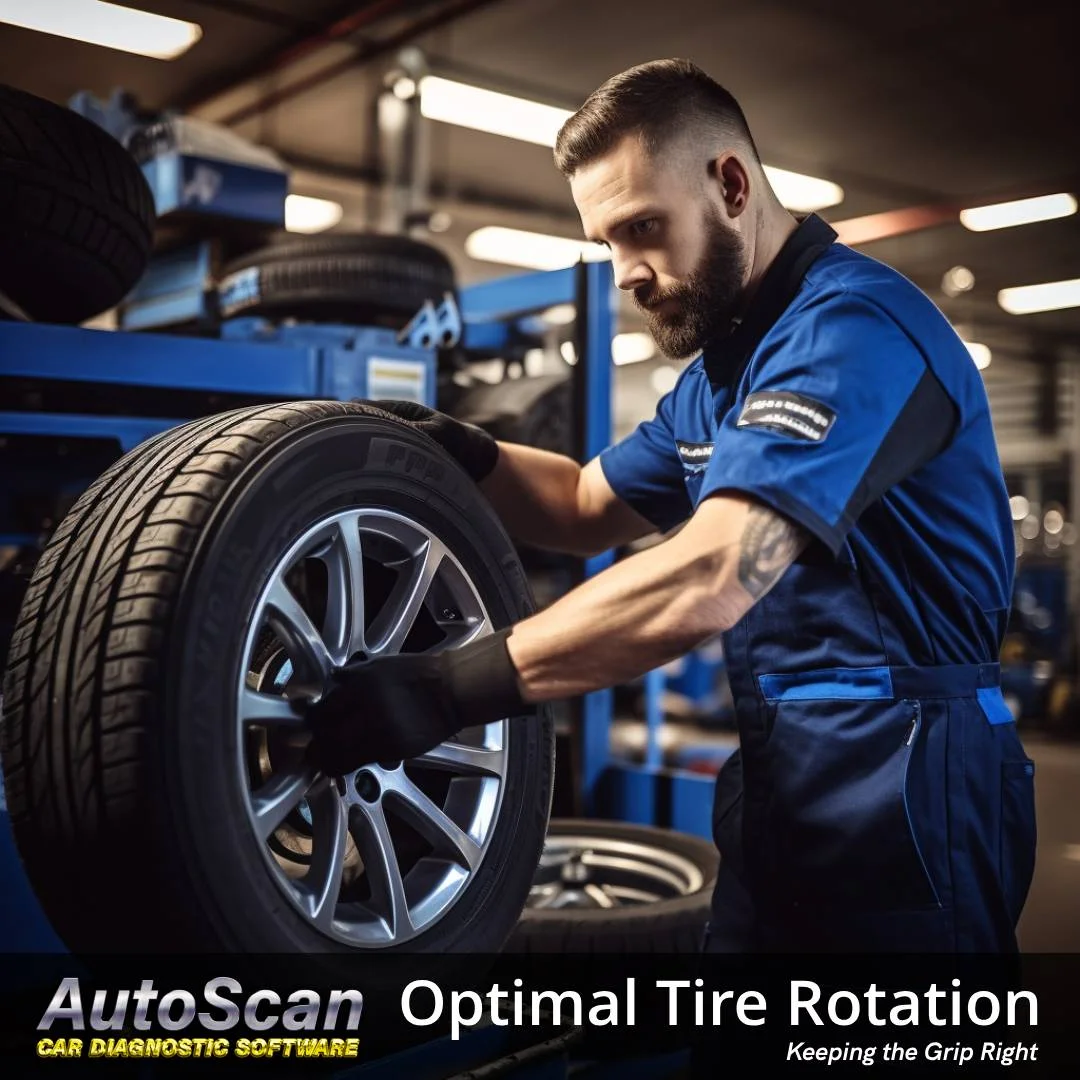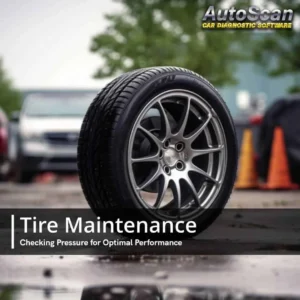Optimal Tire Rotation: Keeping the Grip Right 🚗🔄
Introduction: The Importance of Tire Maintenance
Tires are a vehicle’s direct link to the road, and their condition can significantly impact safety, fuel efficiency, and overall performance. Among the many maintenance activities for tires, rotation stands out as a crucial practice that can help in maximizing their lifespan and ensuring a smooth, balanced drive.
1. The Optimal Milestone: When to Rotate
While driving, tires wear at different rates due to their positions. Typically, it’s recommended to rotate tires every 5,000 to 7,000 miles. This ensures even wear across all tires, allowing for balanced handling and extended tire life.
2. Getting the Pattern Right: Swap Mechanics
There are multiple ways to rotate tires, but the general principle involves moving the front tires to the rear and vice versa. Depending on whether your vehicle is front, rear, or all-wheel drive, the specific rotation pattern can vary. Remember to occasionally swap the tires from one side of the car to the other as well.
3. Delve Into the Manual: Vehicle-Specific Guidance
Most vehicle manufacturers provide specific tire rotation guidelines in the manual. This can include recommended rotation patterns or mileage intervals that are optimal for your particular car model. Always consult the manual to tailor your maintenance practices to your vehicle’s needs.
4. A Closer Look: Inspecting Tires During Rotation
Rotation provides an excellent opportunity to closely inspect each tire. Look for signs of damage, such as punctures, bulges, or uneven wear patterns. Addressing these issues promptly can prevent more significant problems in the future.
5. Keeping Track: The Importance of a Log
Maintaining a log of your tire rotations can be invaluable. By keeping track of when and how you’ve rotated the tires, you can ensure that you’re sticking to a regular schedule and can easily identify when the next rotation is due.
Conclusion
Tire rotation is more than just a routine maintenance activity. It’s a proactive step to enhance vehicle safety, performance, and the longevity of your tires. By understanding the importance of this practice and following the right rotation patterns, you can confidently grip the road, ensuring an optimal driving experience every time.
FAQs:
- How can I tell if my tires need rotation?
If you notice uneven tire wear, vibrations at high speeds, or decreased handling, it may be time for a tire rotation. - Can I rotate the tires myself?
Yes, with the right tools and knowledge, you can rotate the tires at home. However, for precise balancing and alignment checks, it might be best to seek professional help. - How often should I check tire pressure?
Checking tire pressure monthly is a good practice, ensuring optimal performance and safety. - What happens if I don’t rotate my tires?
Failing to rotate tires can result in uneven wear, reduced traction, decreased fuel efficiency, and a shorter tire lifespan. - How do I find the right rotation pattern for my car?
Consult your vehicle’s manual or seek guidance from a tire specialist or mechanic familiar with your car model.





